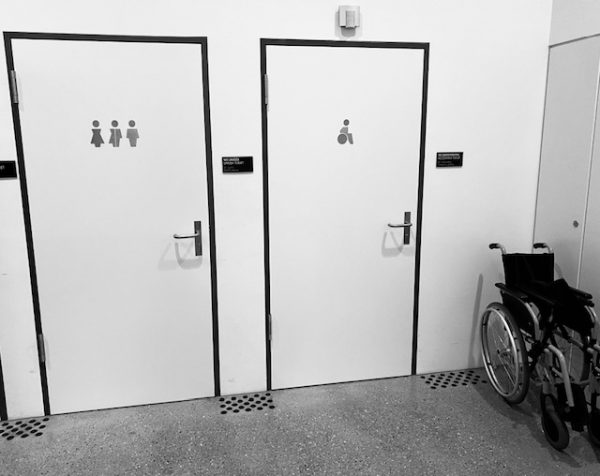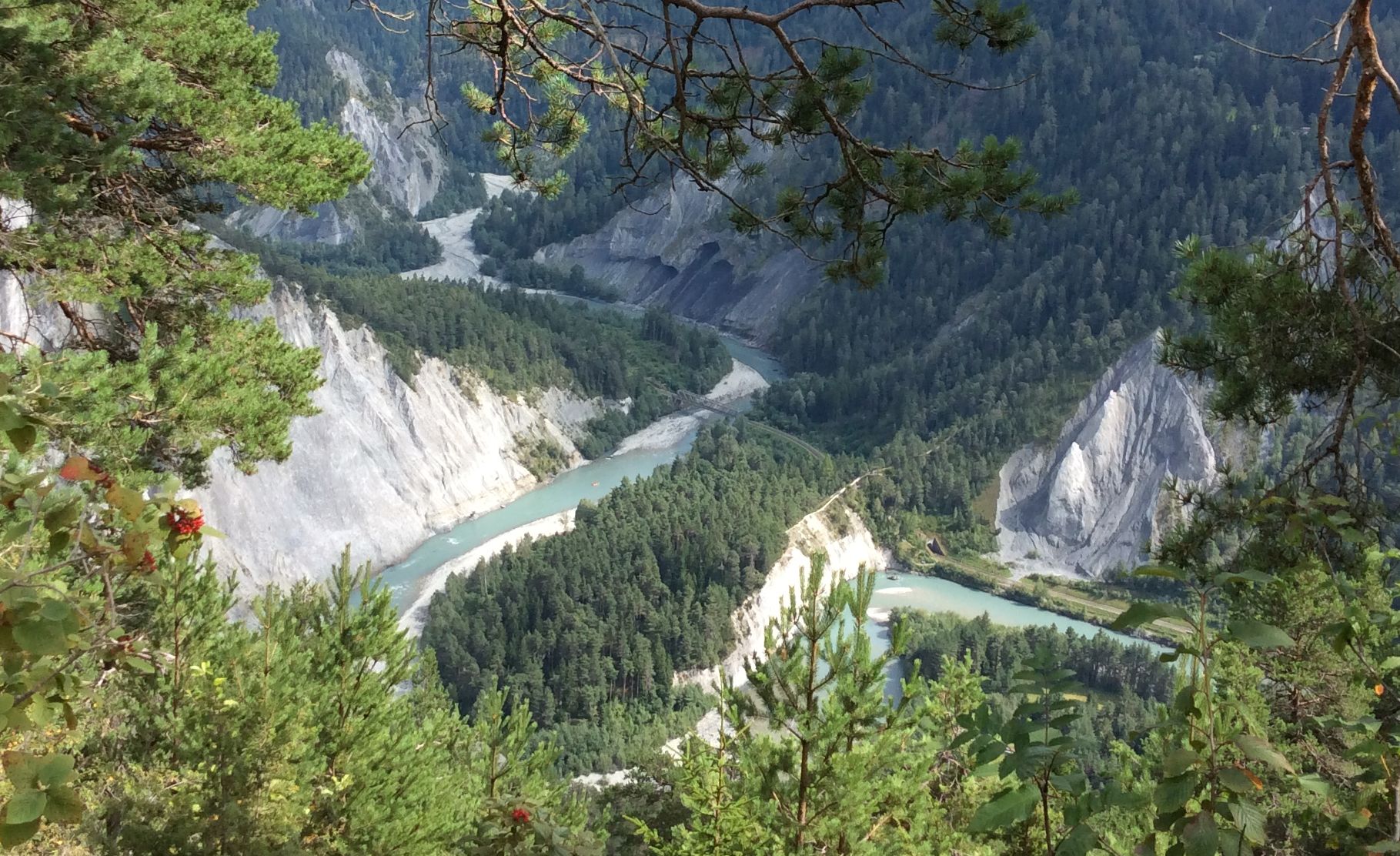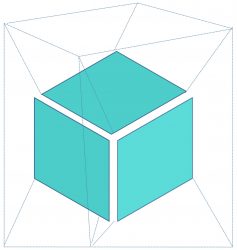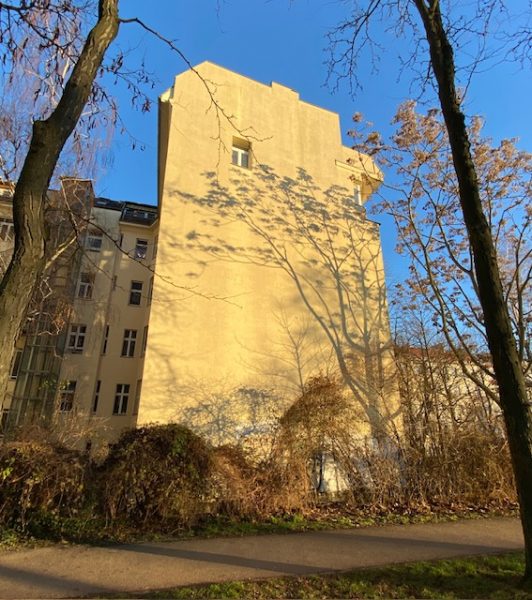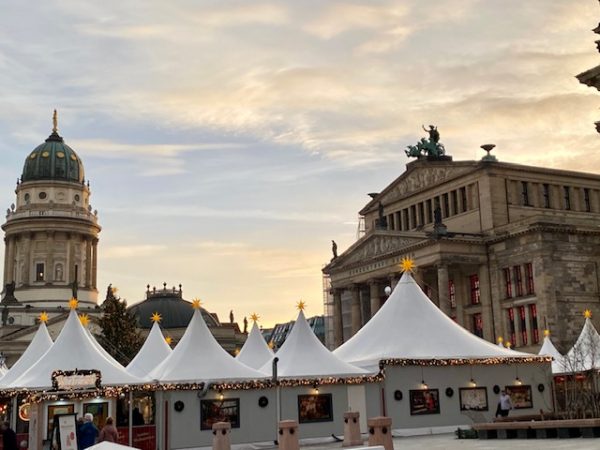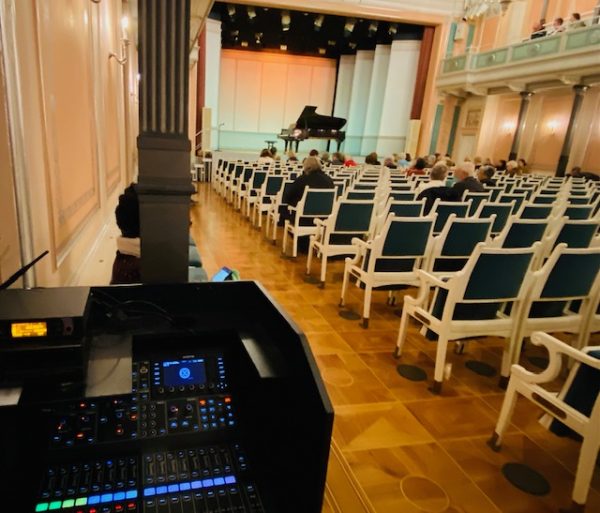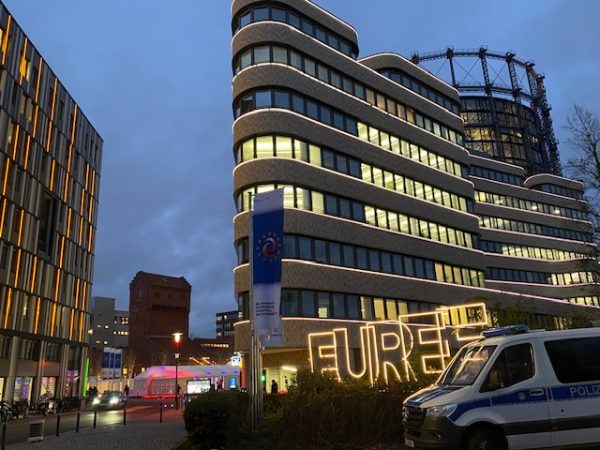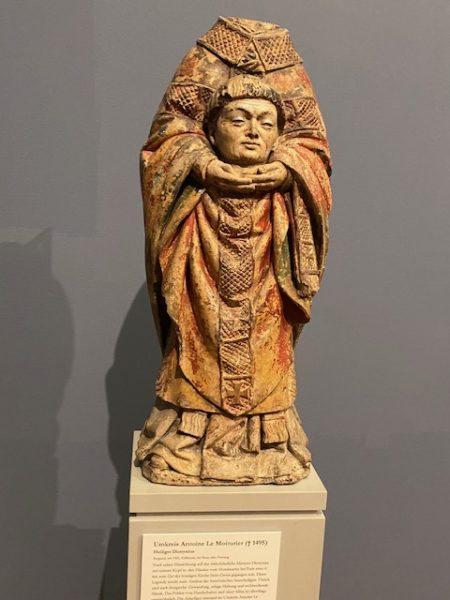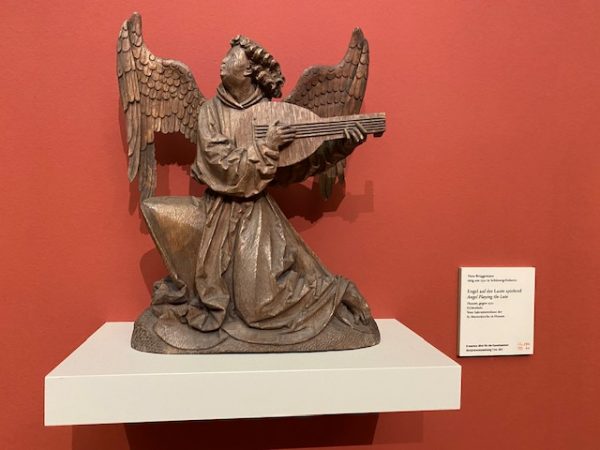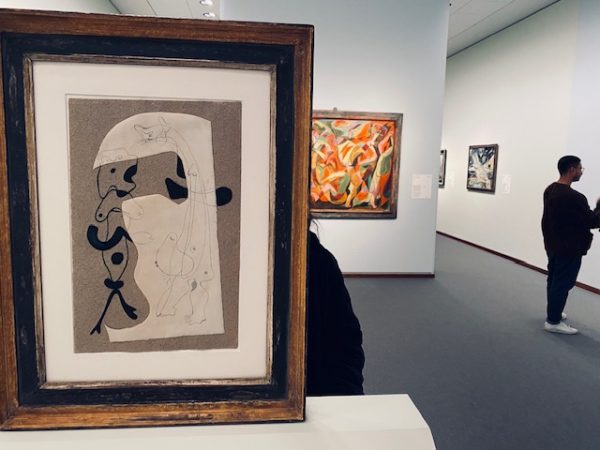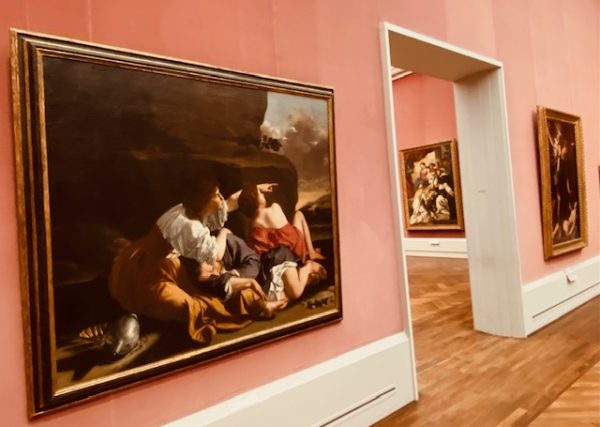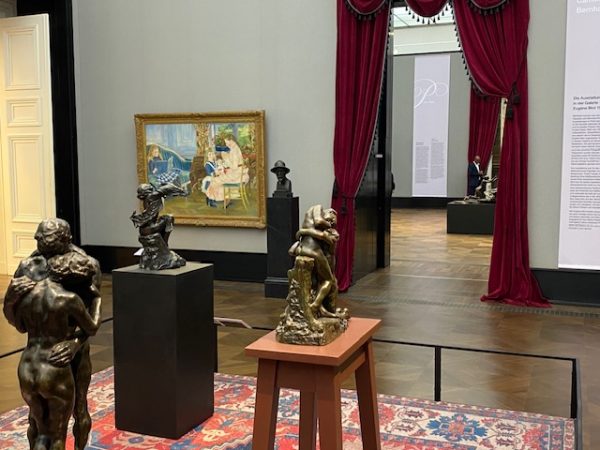Construction as an economic sector has suffered for decades from skill shortages. The PWC study on skill needs in construction and management of digitalization in this sector shows various deficiencies. Labor demand in excess of own training efforts in the related professions is further increasing in coming years. Migrants from across the world have come to Europe to fill the skill shortages and willingness to work in the sector. Population aging increases demand for adaptions of housing and tertiarization of the economy asked for new office space and adaptation of existing ones.
The skills involved in construction have also evolved. Digitalization and understanding of new technology needs of modern housing increased the level of cognitive skills in the sector enormously. “just let the liquid concrete flow” will no longer suffice. Environmental obligations, renewable energy and design issues had an impact on the sector.
Many enterprises in this sector have trailed other sectors to adopt strategies like digital pairs of a building or connected manufacturing of facilities with data sharing and compatible software. All this led to the fact that younger employees or university graduates (m/f/d) have preferred other sectors. IT development and applications are interesting and challenging in this sector as well. Logistic arrangements a formidable task as well.
The claim of too much bureaucracy is just an excuse for lacking digitalization of the sector. Years ago we stated that every task you carry out more than once can be automized. With AI in construction digitalization starts with each singular case as a learning occasion for humans and algorithms supporting us. 
